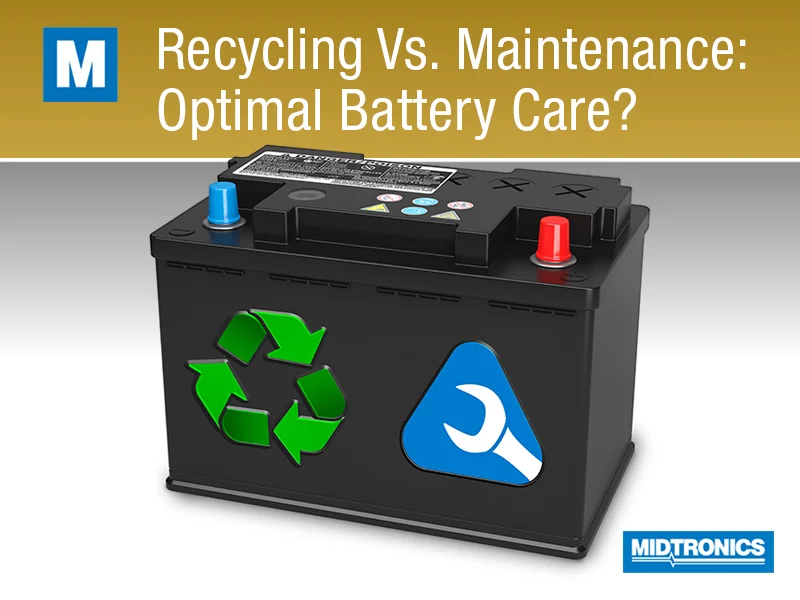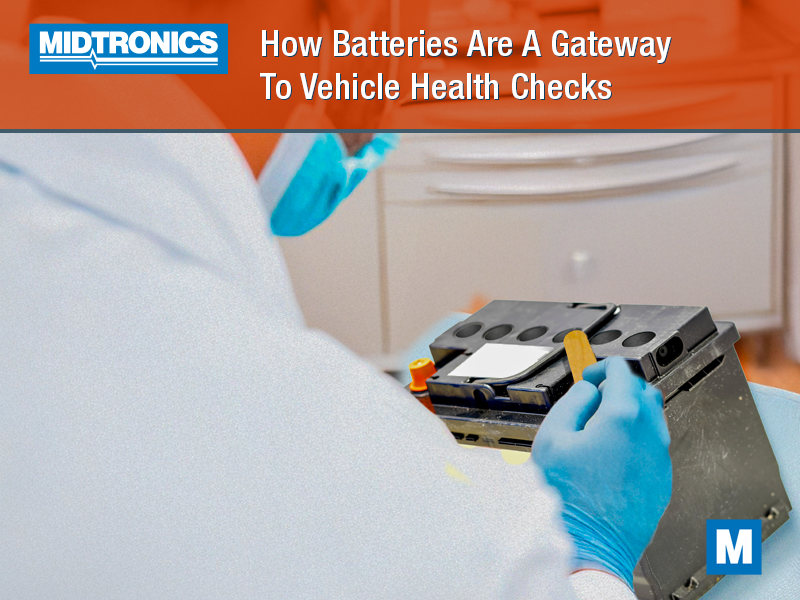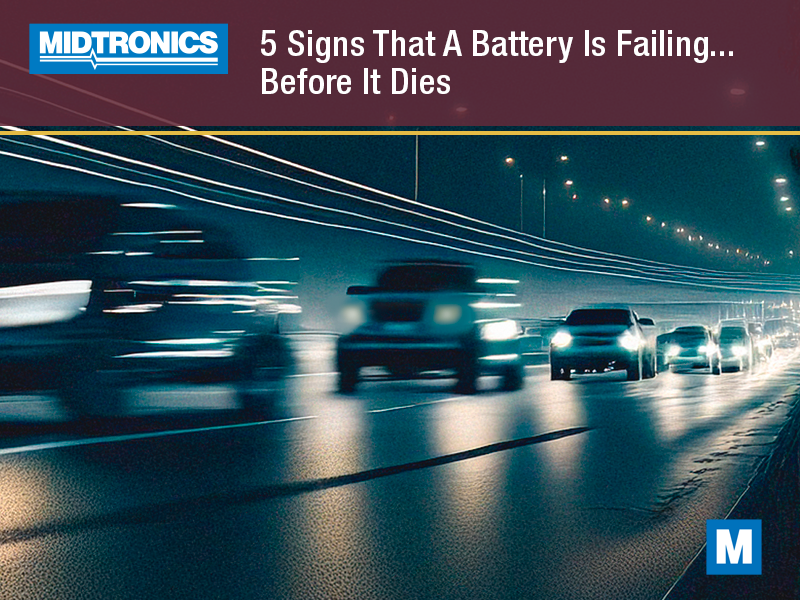For ICE vehicles, the service life of a common lead-acid battery is a paltry three years or so, sometimes stretching to five years and seldom more. And when they’re no longer capable of serving the vehicle’s needs, they’re replaced and discarded in a scrap heap – a practice that service shops know too well.
What environmental impact is there with recycling or disposing of car batteries, and is there a better way? Explore the benefits and challenges for the environment, and consider the implications if you’re simply able to stretch the service life out longer instead.
The Environmental Challenge
There’s no question about the toxicity contained in a car battery. Everyone in the auto industry is aware of the corrosive nature of the sulfuric acid inside, not to mention the ramifications of lead leaching into the environment. These hazardous materials can be extremely harmful to the environment if they’re handled incorrectly.
Even the pallet of old batteries in the parts department or back of the shop can be dangerous. Off-gassing can make individuals sick while any leaks can contaminate a whole host of surfaces if it’s tracked in on workboots, for example.
For those reasons, it’s actually illegal in most states to dispose of lead-acid car batteries outside of approved recycling programs. Should one make its way into an incinerator, the particles can become airborne and pollute a wider area.
It’s no minor practice making sure that batteries don’t find their way into a landfill.
The Benefits of Battery Recycling
Recycling car batteries is commonplace. And did you know that 99% of the materials are able to be recovered and reused in new products? It’s one of the most efficient processes in recycling, so long as the battery makes its way to a processor.
Some of the benefits of battery recycling are obvious while others are slightly obscure:
- It reduces the environmental impact. As we’ve mentioned, keeping lead, acid, and plastic out of landfills or being released into water sources is paramount.
- It conserves resources. Since nearly all of a battery can be turned into new products, procuring new materials – lead, for example – can be minimized. That’s key for a more sustainable and resource efficient manufacturing process, especially when they’re turned into new car batteries, completing the lifecycle.
- It satisfies customers. When a battery is replaced and recycled, the vehicle owner has peace of mind that their new battery will be more reliable than the outgoing part.
- It helps mitigate costs. Some recycling programs return the battery core charge to the dealer, helping the dealer maintain profit margins on one of the most competitive products.
The Case for Extending Battery Service Life
The usual lifecycle for car batteries is well-known. They’re installed in a car for three years or so, then when the engine begins to crank slowly or the car owner has had to pull out the jumper cables a few times, the battery gets replaced. But could your service shop could postpone replacement for an extra 12, 18, or 24 months for the customer?
Extending the battery’s service life has its own benefits:
- Primarily, the vehicle owner saves the cost of a new battery. As prices have become inflated in recent years, it’s more of a budgetary stretch to afford a replacement battery than it used to be. If the owner can invest a small amount over a couple of years to save the larger cost, odds are good that they would.
- It avoids environmental impact altogether. Since the battery is being given new life, there’s no ecological risk at all.
- It promotes your facility’s customer care. Because the customer isn’t being upsold on a new battery but, rather, you’re saving them money in the long run, their view of your shop is held higher.
What’s the Better Route to Take?
It becomes evident that responsible disposal and recycling, coupled with efforts to extend battery service life, are both essential components of a comprehensive strategy. While recycling addresses the end-of-life stage and ensures the proper management of hazardous materials, maximizing battery service life tackles the root cause – the need for frequent replacements. The goal, then, is to strike a balance between these two approaches to achieve the most sustainable outcomes.
When a customer’s battery test results at check-in return a decision of ‘GOOD-RECHARGE’, for example, it’s a sign that an issue could be brewing down the road. Perhaps their short trips aren’t enough to replenish the battery fully. Offering a trickle charge while it’s at your shop for a small cost might be a good course of action.
But when a battery is more than five years old, tests as weak but still has been working, it might be considered foolhardy to try limping it through for another season for the customer. It’s likely to fail them, and if it does, they’ll turn their focus to the shop that missed it.
Objectively, continuously extending a battery’s service life for seven years, ten years, or longer simply isn’t practical. But giving up on a battery at the first sign of being weak or slightly discharged doesn’t serve the customer well either. The answer is somewhere in the middle.
Implement Customer-Focused Service Practices
Many repair shops have implemented the practice of testing every battery during every visit. If that isn’t the case for your shop, it’s something you should strongly consider. Not only does it catch failing batteries and offer sales opportunities, but it establishes customer trust with a foot in the door to make service recommendations or simply confirm the battery is healthy.
As well, be innovative in your approach to battery services and diagnostics. If you see a battery is nearing its one-year, three-year, or any other anniversary, deliberately mention that it’s a good idea to test it and see how it’s performing. Keep battery health front of mind for the customer.
And when you’re recommending a replacement, inform the customer how your shop handles the outgoing battery, letting them know that it will be properly recycled, minimizing its impact on the environment.




